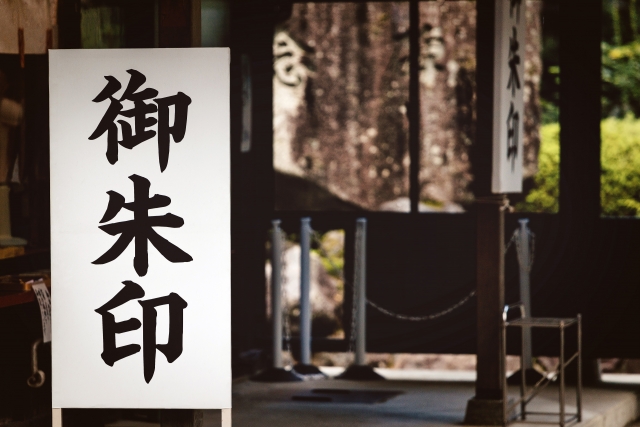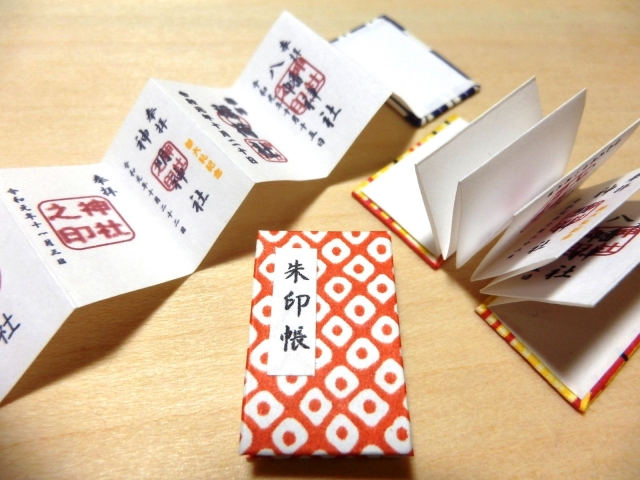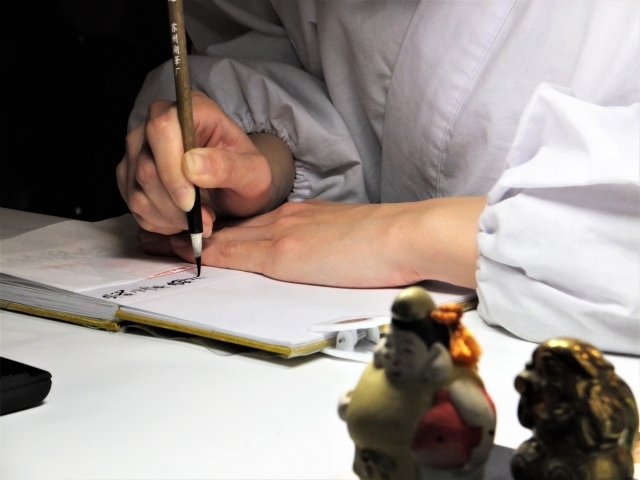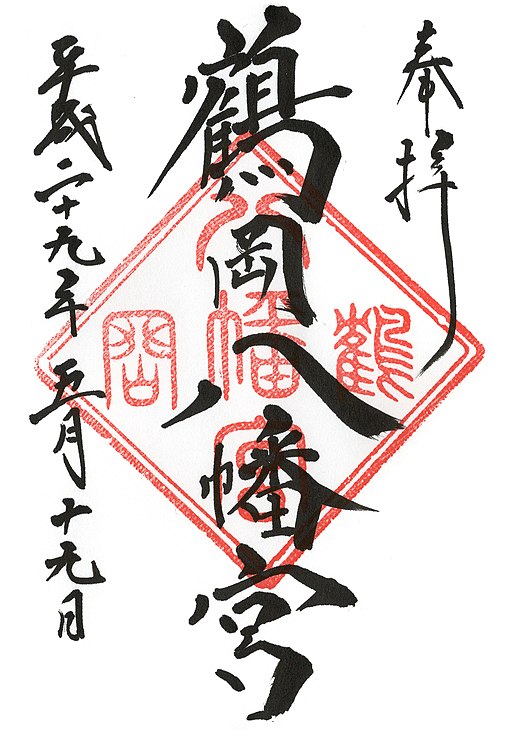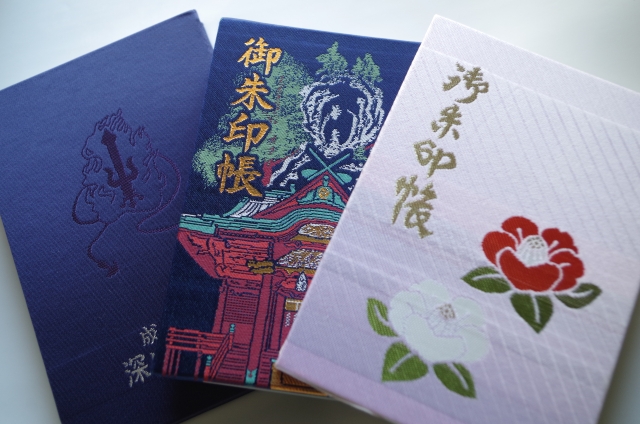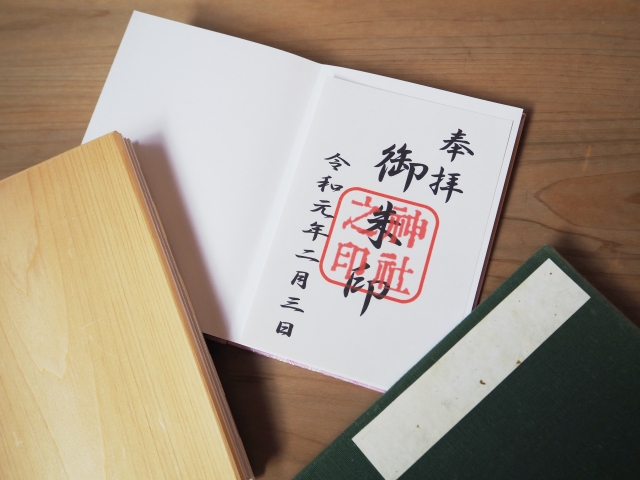

Goshuin: Collecting Stamps at Temples and Shrines
Toys, books, sports memorabilia and more: people cultivate all sorts of collections based on their interests. In Japan, stamp collections–not the postage kind, but ink stamps–are common. Train operators and tourist associations set up stamp stations at train stations and places of interest where visitors can ink these stamps into notebooks and specially designed flyers. These stamps are usually part of stamp rallies: visitors are encouraged to visit various locations to collect unique stamps after which, when the rally is complete, they will receive a small prize. Some locations may require something more than a fee for a goshuin. Certain locations require to handwrite Buddhist sutras, an activity known as shakyo (写経), in order to receive a goshuin. This ‘old school’ practice is rather uncommon, harking back to when goshuin were given to pilgrims in exchange for handwritten Buddhist sutras! Here are some of the most popular places frequented by goshuin collectors who search far and wide for unique stamps! Himejima Shrine in Osaka is well known for its scallop shell votive tablets as well as goshuin that feature its bright red torii gates. Tokyo’s Karasunomori Shrine offers goshuin in four different colours–red, blue, yellow, and green–depending on events at the shrine. The Houtokuji in Kyoto offers a new stamp design every month featuring seasonal flowers, and the Wakeoke Shrine in Nagoya has limited edition designs for traditional Japanese events such as Setsubun! For tourists, goshuin not only make a beautiful reminder of temples and shrines they have visited but they serve as one-of-a-kind, uniquely Japanese souvenirs! However, before you start planning your next trip, it is advised to first check if the shrine or temple you are visiting indeed offers goshuin. Temples of particular sects or certain locations may not offer goshuin, so it is best to check ahead to avoid disappointment. Which temple or shrine would you like to collect your first goshuin from? |
|
Resources
|
Doré, Guillame. 2019. "Introduction To Stamp Rallies". Japantravel. https://en.japantravel.com/guide/introduction-to-stamp-rallies/46627. Griffin, Anthony. 2020. "The Goshuincho: A Necessity For Japan Travel Enthusiasts". Kokoro Media. https://kokoro-jp.com/culture/24/. Hagebak, Chris. 2019. "How To Purchase And Use A Goshuincho". Arigato Travel. https://arigatojapan.co.jp/how-to-purchase-and-use-a-goshuincho/. Mulvihill, Richard. 2014. "The Japan Temple Stamp Book". Japantravel. https://en.japantravel.com/kanagawa/the-japan-temple-stamp-book/14659. Norrbom, Ryan. 2020. "Japan's Original Stamp Rally Is A Godly One". The Japan Times. https://www.japantimes.co.jp/life/2020/11/03/language/japan-original-stamp-rally/. Wallin, Lisa. 2017. "A Beginner's Guide To Goshuincho: How To Get One And How To Use It | Guides & Insights". Tokyo Weekender. https://www.tokyoweekender.com/2017/11/a-beginners-guide-to-goshuincho-how-to-get-one-and-how-to-use-it/. |
|
Japan Creative Centre 4 Nassim Road, Singapore 258372 +65 6737 0434 / jcc@sn.mofa.go.jp https://www.sg.emb-japan.go.jp/JCC/ Nearest parking at Orchard Hotel & Delphi Orchard |
 |
